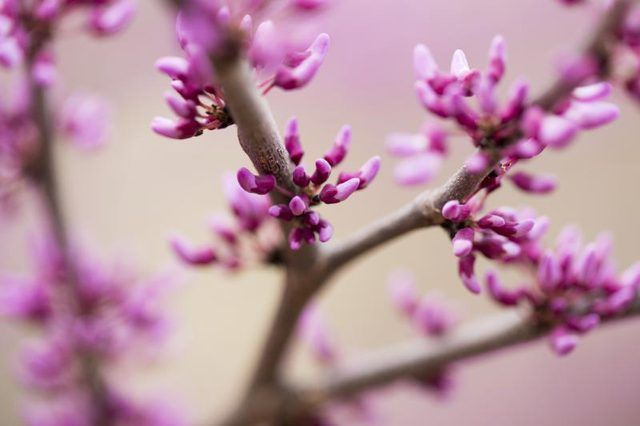Bulbs
Flower Basics
Flower Beds & Specialty Gardens
Flower Garden
Garden Furniture
Garden Gnomes
Garden Seeds
Garden Sheds
Garden Statues
Garden Tools & Supplies
Gardening Basics
Green & Organic
Groundcovers & Vines
Growing Annuals
Growing Basil
Growing Beans
Growing Berries
Growing Blueberries
Growing Cactus
Growing Corn
Growing Cotton
Growing Edibles
Growing Flowers
Growing Garlic
Growing Grapes
Growing Grass
Growing Herbs
Growing Jasmine
Growing Mint
Growing Mushrooms
Orchids
Growing Peanuts
Growing Perennials
Growing Plants
Growing Rosemary
Growing Roses
Growing Strawberries
Growing Sunflowers
Growing Thyme
Growing Tomatoes
Growing Tulips
Growing Vegetables
Herb Basics
Herb Garden
Indoor Growing
Landscaping Basics
Landscaping Patios
Landscaping Plants
Landscaping Shrubs
Landscaping Trees
Landscaping Walks & Pathways
Lawn Basics
Lawn Maintenance
Lawn Mowers
Lawn Ornaments
Lawn Planting
Lawn Tools
Outdoor Growing
Overall Landscape Planning
Pests, Weeds & Problems
Plant Basics
Rock Garden
Rose Garden
Shrubs
Soil
Specialty Gardens
Trees
Vegetable Garden
Yard Maintenance
When Does a Redbud Tree Bloom?
When Does a Redbud Tree Bloom?. Eastern redbud (*Cercis canadensis*) is sometimes considered a large shrub but can grow into a small tree in the right climate. The plant's brilliant dark pink buds draw pollinators. The Eastern redbud grows in U.S. Department of Agriculture plant hardiness zones 4 to 9.

Eastern redbud (Cercis canadensis) is sometimes considered a large shrub but can grow into a small tree in the right climate. The plant's brilliant dark pink buds draw pollinators. The Eastern redbud grows in U.S. Department of Agriculture plant hardiness zones 4 to 9.
Blooming Season and Care
Redbud trees begin to bloom in early spring, usually in March in the more southern regions of the country, such as Kansas and Texas. The trees bloom later in northern states such as Connecticut and Pennsylvania, around May. The tree can grow as tall as 20 to 30 feet high and spreads as wide as 26 feet.
For maximum flowering, the trees require at least four hours of direct sunlight during the spring, and they thrive in moist -- but not sodden -- soil. Don't look for blooms before about four years, because the redbud takes time to mature. Lack of sunlight and insufficient water can affect the growth of blooms.
Watch for fungus growth on the tree. The most serious is dieback/canker disease. There is no effective treatment for the canker. The only way to help the tree is to prune it back at least 3 to 4 inches below the canker. Be sure to sanitize your pruning instruments after each cut to be sure not to spread the disease to healthy parts of the trees.
Once all the affected branches have been pruned, spray the tree with copper sulfate to slow the growth of the fungus.
Bright Flowers
Redbud flowers can range in color from a delicate, light pink to a deep magenta. The buds are about 1/2 inch long and grow in clusters on long, brown, bare stems before leaves appear later in the season.
Where to Plant
Redbuds make excellent shade trees. They grow well on lawns and deliver a striking contrast against a light background with their deep pink and burgundy flowers.